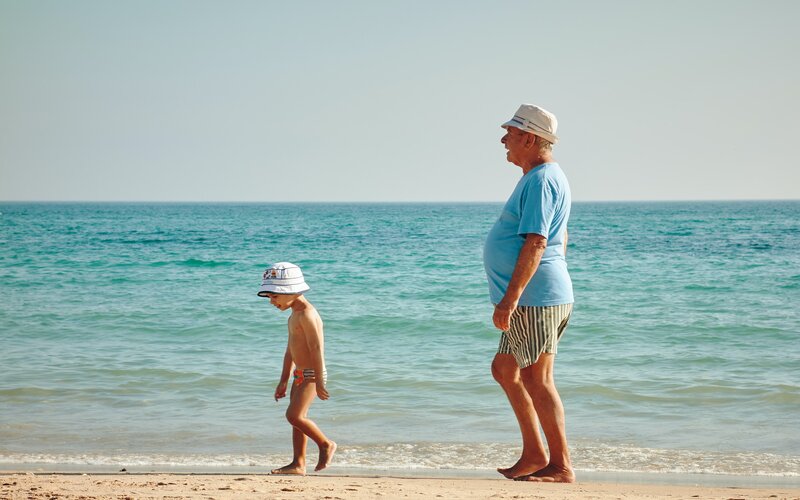The NAB Consumer Sentiment Survey found people were predicting further price spikes on living essentials as the year draws to a close.
With less than 100 days until Christmas, Aussies are expected to spend an extra $59 a week on groceries, $35 more a week on fuel, and $76 more on gas, electricity, and water bills.
This adds up to an extra $170 a week.
Alinta Energy Chief Executive Jeff Dimery anticipates at least a 35% rise in electricity bills throughout 2023.
“Next year, using the current market prices, tariffs are going up a minimum 35 per cent,” Mr Dimery told the Australian Financial Review Energy and Climate Summit.
Of the 2,050 people who responded to NAB's survey, one in two said they were being careful when adjusting their spending habits to accommodate the rising cost of living.
Sixty-one percent said they were switching to cheaper brands or products.
More than half of the respondents had cut back on or completely cancelled food delivery services such as Uber Eats.
Despite this, NAB economists said high employment rates and increased job security have kept the cost of living at bay.
The consumer sentiment survey for quarter-three (July through September) revealed an easing of pressure on households with the index at 55.2 points, down 0.9 points from the previous quarter.
A higher number indicates more people are more concerned with cost of living pressures.
NAB Group Executive for Personal Banking Rachel Slade urged homeowners who are struggling to meet mortgage repayments “to contact their banks as soon as possible” for support.
According to the ABS Monthly Household Spending Indicator, household spending increased in August to 127.7, up from 126.7 in July.
ABS Head of Macroeconomic Statistics Jacqui Vitas said August 2022 saw the 18th consecutive month of increases through the year in total household spending, with increases in all spending categories.
"There were strong increases following COVID-19 Delta lockdowns that reduced spending last year," Ms Vitas said.
"The strongest increases were seen in clothing and footwear, up 75.8%; hotels, cafes and restaurants, up 64.8%; and transport, up 57.8%."
Image by Jeremey Smith via Pixabay



 Harrison Astbury
Harrison Astbury
 Harry O'Sullivan
Harry O'Sullivan


 William Jolly
William Jolly

